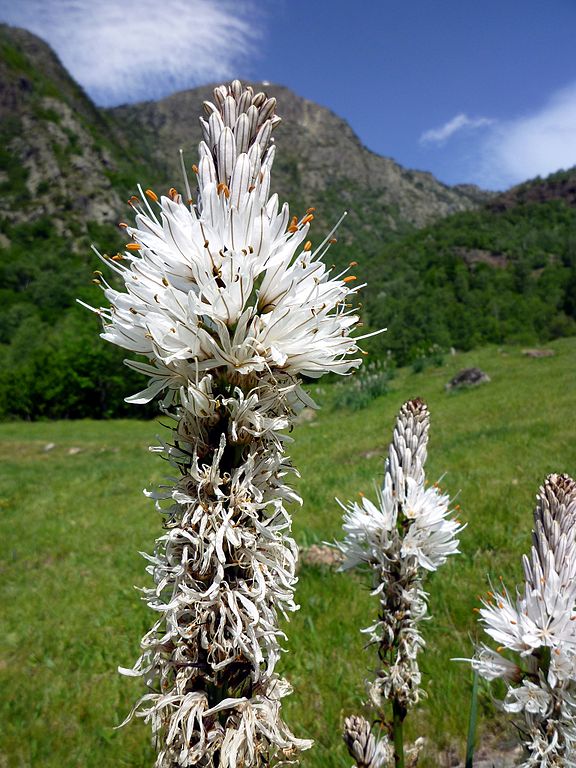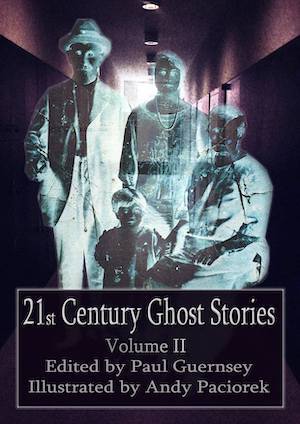
White Asphodel: What Ghosts Ate In The Ancient Greek Underworld—At Least, If They Were Lucky. Photo: Isidre Blanc
Ghost Food
What do ghosts eat? It depends on where in the world you are, and what millennium you’re in.
The ancient Greeks believed that the spirits of the dead descended to Hades, a very dark and bleak underworld, with some neighborhoods darker and bleaker than others. While military heroes and people who were especially virtuous ended up in the relatively penthouse-like Elysian Fields, the vast run of ordinary Greek ghosts found themselves wandering the sunless Meadows of Asphodel. Asphodel, a flower whose gray-white color represented death to the Greeks, was often planted on graves. In addition, poorer Greeks in the ancient world ate parts of the asphodel plant because it grew abundantly in the wild and they didn’t have to cultivate it or pay for it. So the Greeks believed that unless a person did something particularly heroic or otherwise notable in life, his or her spirit was destined to wander through, and dine on, white asphodel for the remainder of eternity. But this was at least a better fate than that of the spirits of criminals and cowards; post-death, bad or disreputable people found themselves in the deep, dark precinct of Hades known as Tartarus, where there was nothing to eat at all.
In contrast to ancient Greeks ghosts, spirits in the Buddhist and Taoist parts of Asia have usually been offered decent table fare. At least since medieval times—if not much earlier—many Asian peoples have made a periodic practice of setting out favorite foods and drinks for the spirits of their departed ancestors. And in some areas, this generosity sometimes extends to ghosts who are not even part of the family. For instance, in China, Thailand, and other countries, the midsummer month is called Ghost Month, and people make a special point of feeding wandering hungry ghosts during this period. On the 15th night of Ghost Month, people celebrate a special Ghost Festival.
Here in the contemporary Western Hemisphere, many Mexican people offer food, tequila, cigarettes, and other treats to their dear departed on the Day of the Dead, or El Día de los Muertos, which is celebrated on November 1. On this day, people set up little household shrines to their dead loved ones; they also visit cemeteries and partake of skull-shaped candies and other cakes and confections designed to remind them of their own mortality.
In the United States and other Western countries, some people watch horror movies featuring flesh-eating, cannibalistic zombies—which are really just revenant-type ghosts that remain trapped inside their own (dead and decaying) bodies. Otherwise, most people in the West don’t seem to give a lot of thought to the dining habits of the dead. The popular assumption throughout most of Europe, North America (excluding Mexico), and Australia/New Zealand seems to be that ghosts, being disembodied, probably don’t need to eat.
Of course, there’s no way of verifying that assumption, one way or the other.

